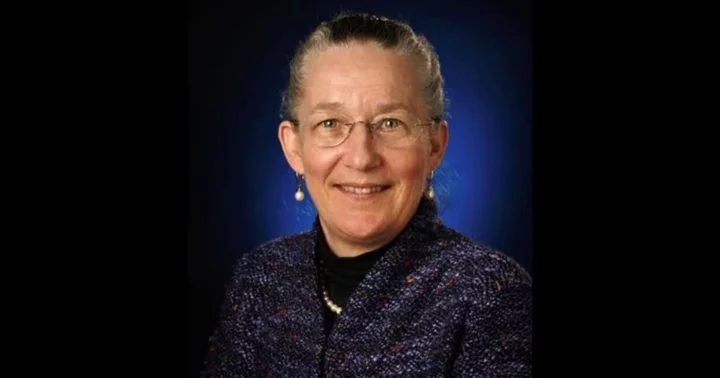GREAT NECK, NEW YORK: Mary Cleave, the NASA astronaut who achieved the historic feat of becoming the first woman to fly on a space shuttle mission after the Challenger disaster in 1989, has died at the age of 76 but the cause of her death was not disclosed by NASA.
The news of Cleave's death was announced by the space agency on November 29, 2023, according to CNN.
Dr Mary Cleave was a 'trailblazer'
Mary Cleave pursued her education in biological sciences at Colorado State University, later earning a master's degree in microbial ecology and a doctorate in civil and environmental engineering from Utah State University.
NASA Associate Administrator Bob Cabana expressed sadness at the loss of "trailblazer" Dr Mary Cleave, highlighting, "I’m sad we’ve lost trailblazer Dr Mary Cleave, shuttle astronaut, veteran of two spaceflights, and first woman to lead the Science Mission Directorate as associate administrator."
He continued, "Mary was a force of nature with a passion for science, exploration, and caring for our home planet. She will be missed.”
Mary Cleave got to 'fly in great airplanes'
Mary Cleave's journey from the skies to space was fueled by a childhood fascination with flying airplanes.
She shared with NASA's Oral History Project in 2002 that her love for aviation led her to earn her pilot's license before her driver's license.
Initially aspiring to be a flight attendant, she discovered that airline rules, at the time, deemed her too short for the role due to her 5-foot-2 stature.
“For me, space flight was great, but it was gravy on top of getting to fly in great airplanes,” she told NASA.
Affirmative action played a crucial role in paving her path, granting her the opportunity to fly supersonic jets, known as T-38s.
While working at a research lab and completing her doctoral studies in Utah, Cleave noticed an advertisement at a local post office seeking scientists to join NASA's astronaut corps. She applied and was successfully selected in 1980.
Dr Mary Cleave's journey in NASA
On her initial mission aboard NASA's Space Shuttle Atlantis in 1985, Mary Cleave achieved the milestone of becoming the 10th woman to venture into space.
Serving as a flight engineer, she played a crucial role in operating the shuttle's robotic arm, known as the Shuttle Remote Manipulator System (SRMS) or Canadarm.
In her 2002 NASA interview, Cleave remarked, "It seemed like they assigned women to fly the arm (Shuttle Remote Manipulator System (SRMS) or Canadarm) more often than guys, and the rumor on the street was because they thought women did that better."
Her second flight, STS-30 in 1989, also aboard Atlantis, occurred after NASA had temporarily transitioned to all-male crews for three missions following the Challenger explosion in 1986.
Cleave downplayed the significance of being a female astronaut, stating that she did not believe special emphasis should be placed on such distinctions.
Mary Cleave contributed to a historic moment when she served on NASA mission control's CapCom during the STS-7 mission in 1983, where Sally Ride became the first woman to travel to space.
In 2000, Cleave transitioned to work at NASA's headquarters in Washington, DC and achieved another milestone as the first woman to hold the title of associate administrator for NASA's Science Mission Directorate.
Retiring from NASA in 2007, she dedicated her time to volunteer work and advocating for young women to pursue careers in science, as highlighted in her bio on the Maryland government's website.









